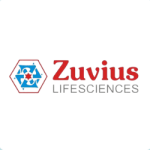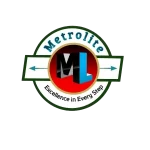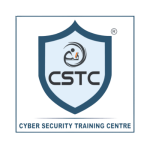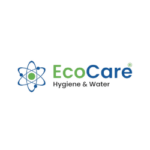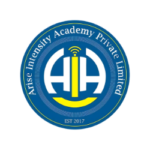Sales Enablement: The Key to Faster Growth
Have you ever felt like your sales team and your marketing team are working on two different planets? Marketing creates great content, but sales never use it. Sales has urgent questions, but marketing is focused on the next big campaign. Therefore, this disconnect costs businesses a huge amount of money in lost sales and wasted time. The answer is Sales Enablement.
Simply put, it’s the process of giving your sales team everything they need, the right knowledge, the right content, and the right tools, to have effective conversations with buyers and close deals faster. It’s the bridge that finally connects marketing and sales.
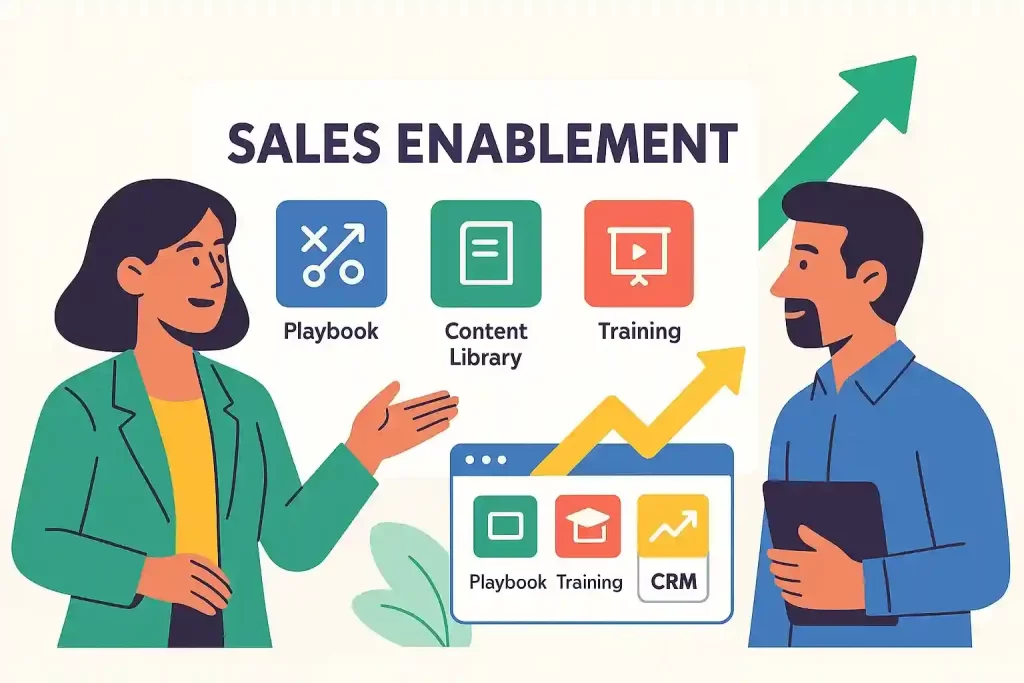
Why is it Not Optional
In today’s complex market, buyers do most of their research online before ever talking to a salesperson. Consequently, when they do talk to someone, they expect that person to be an expert.
It Helps Both Teams Succeed
- For Sales: It ensures they have the perfect piece of content (like a case study or a price sheet) the moment they need it. Furthermore, it gives them timely training on new products or services.
- For Marketing: It ensures the content they create actually gets used and generates revenue. As a result, marketing can stop creating generic content and start creating assets that directly answer sales’ biggest questions.
Truly, when these two teams work together, your whole sales funnel optimization improves dramatically.
The Three Pillars of Great Sales Enablement
You can start small, but focus your efforts on these three core areas.
1. The Right Content at the Right Time
Your marketing team needs to create content that matches every stage of the buyer’s journey.
- Top of the Funnel (Awareness): Content should answer the “What is my problem?” question (e.g., blog posts, simple checklists).
- Middle of the Funnel (Consideration): Content should answer the “What are my options?” question (e.g., solution guides, webinars).
- Bottom of the Funnel (Decision): Content should answer the “Why should I choose you?” question (e.g., pricing sheets, competitor comparison charts, customer testimonials).
Therefore, sales agents should know exactly where to find and share the correct content for every customer question.
2. Training and Coaching
Sales teams need ongoing education, not just a one-time onboarding. Moreover, training should cover not just product features, but also how to talk about the product’s value in a compelling way. For instance, after a new competitor appears, marketing should quickly train sales on the key talking points to defeat that rival.
3. Technology and Tools
You need a system, often a CRM (Customer Relationship Management) tool, to store and organize all your sales enablement content. Since speed matters, salespeople must be able to search and find a specific document in seconds, not minutes. Consequently, integrating marketing and sales data gives both teams a single, clear view of the customer.
In conclusion, Sales Enablement is not a project; it’s a constant process of marketing-sales alignment that fuels consistent, faster growth.
Ready to bridge the gap? Let’s discuss a tailored Sales Enablement strategy to boost your revenue.
❓ Frequently Asked Questions (FAQ)
What’s the biggest sign we need Sales Enablement?
When reps can’t find or don’t use content, you’ve got a signal. Other red flags: inconsistent messaging across decks, long sales cycles, stalled deals at the same stage, and reps spending too much time hunting for materials instead of selling.
Who is responsible for Sales Enablement?
It’s a joint effort between Sales and Marketing, typically owned by a Sales Enablement Manager or RevOps leader. Success depends on a tight feedback loop: marketing supplies stage-specific assets; sales reports what wins or misses in live conversations.
How does Sales Enablement affect conversion rates?
By giving reps the right, tailored assets (objection handlers, case studies, ROI calculators, playbooks) at the right time, deals move faster and cleaner. Expect higher stage-to-stage conversion, shorter cycle times, improved win rate, and more revenue from the same pipeline.








